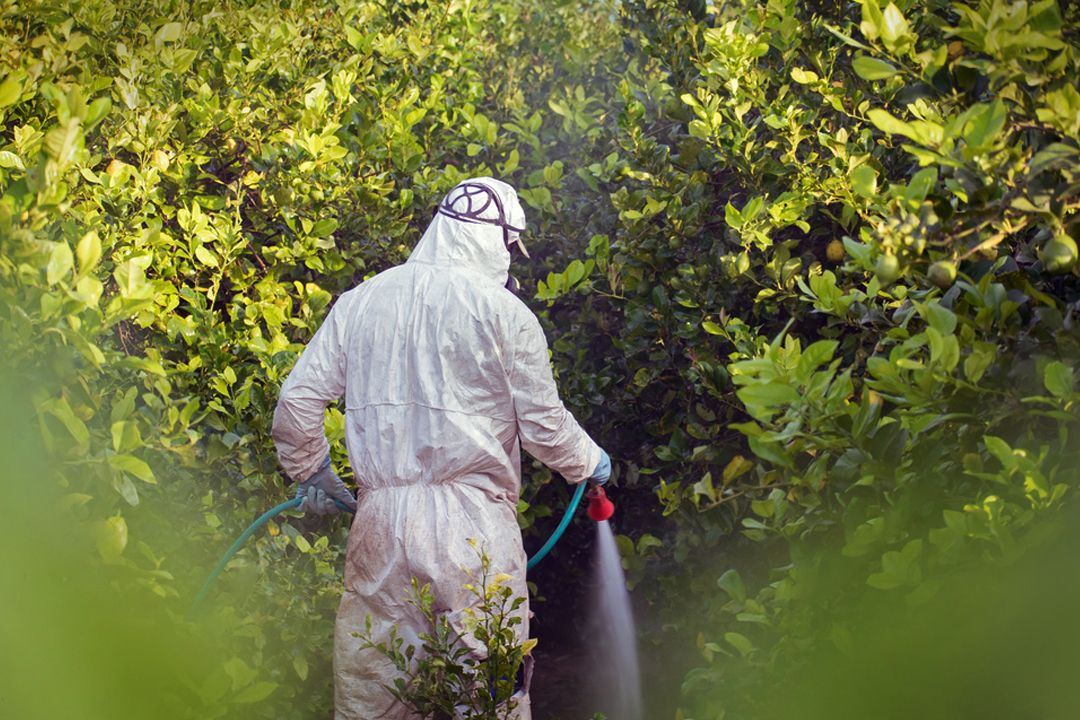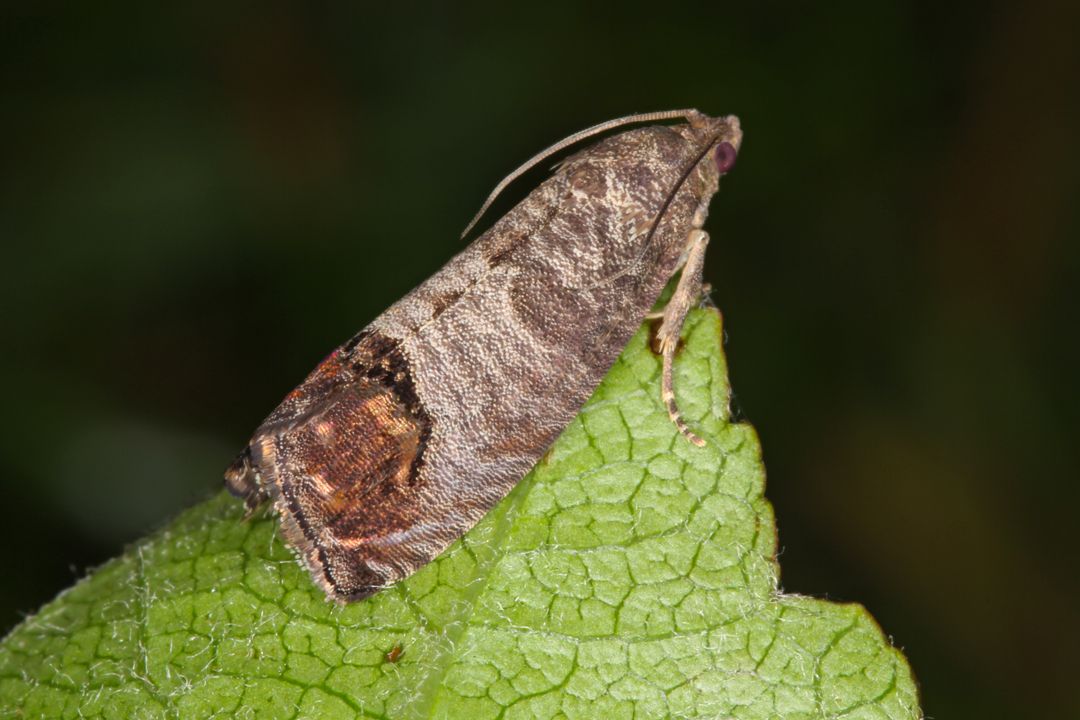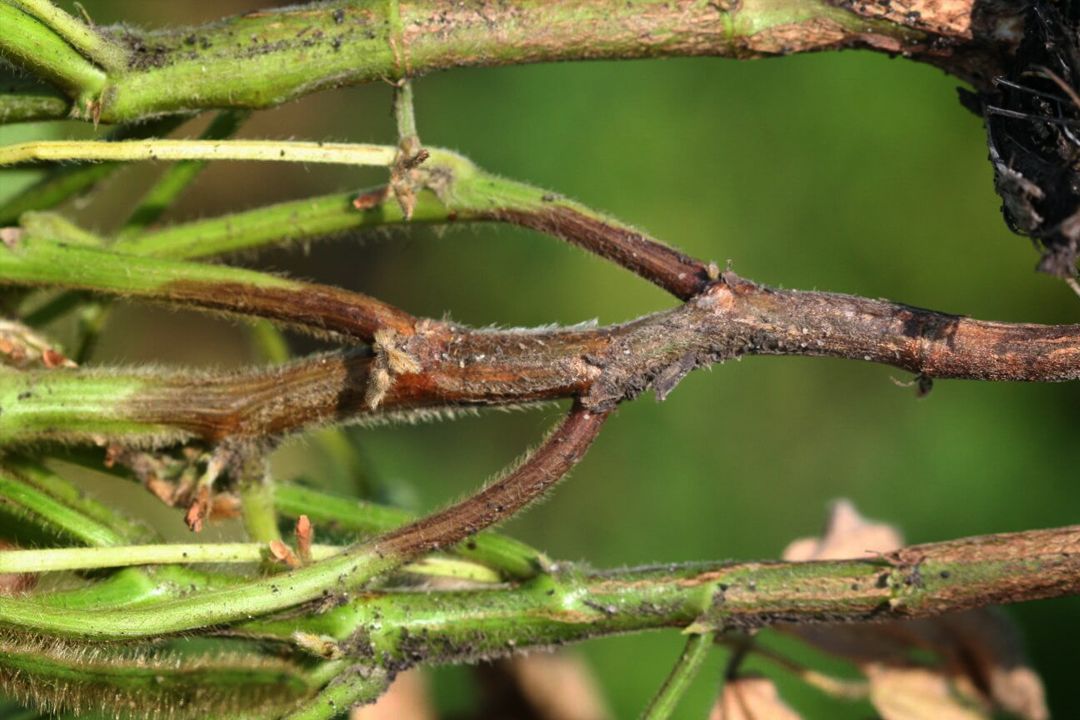
Among fruit orchards and vegetable garden disease, fruit pests, and insects are pretty much common. Since they are jeopardizing your success, they all need to be identified and taken care of quickly. As a nature rule, pests appear when planting a tree. So when planting, you are indicating that you are generating a unique and ideal habitat for different forms of lives. Some are a threat that require special attention, and some are not.
There is a beneficial interaction between some insects, fungi, animals, birds, plants, and lichens and trees. Although some are beneficial, but some are harmful, and some are neutral. Keeping a biological balance of a plant is quite challenging but charming. Identifying the harmful ones is the challenging part and controlling them with an organic pest control program is the charming part.
In order to help you prevent and take care of pests, we have identified some of the most common pests:
Cabbage root fly
There is a common cabbage-family pest called a Cabbage root fly (Delia radicum). Their creamy-colored larvae feed on cabbage roots and are capable of quickly destroying plants. The problem is aggravated in areas where there are many cabbage plants. This fly often remains unnoticed because it is difficult to detect.
Symptoms of an attack include a blue/red color change in foliage and a stunted appearance. The roots of the affected plant will fall off easily when you pull it up because they have been gnawed rapidly and are often covered in larvae that look like maggots.
When cow parsley is flowering in the spring, the first generation releases seeds. This is mostly in late April in the South and mid-May in the North. The attacks during this time are usually the most serious. Those that come later are often less destructive. The reason for this may be that spring offers the best conditions for laying eggs.
Covering seedbeds with horticultural fleece or insect-proof mesh is extremely effective for protecting crops sown close together or sown where they will crop (e.g., turnips and radish). It is recommended that this be done before pest eggs hatch in April. Due to the large amount of heat trapped by the fleece, the crop will likely be “cooked” by the end of May.

Codling moth
Mid- to late summer marks the emergence of codling moth caterpillars, which bore into the fruit of apple and pear trees. Apples are not the only fruit infested by the Codling moth. It also affects pears and is even walnut and quince fruits. Essentially, the caterpillars digest the fruit and cause internal damage. Pheromone traps, which are hung in the tree in early May and contain an open-sided box, are a treatment alternative. An adhesive sheet is placed on the bottom of the box, where the pheromone pellet is placed. The pheromone pellet attracts and traps the codling moths.
You have to recognize this fruit pest when you see the caterpillar’s exit hole on the ripe fruit. Also, you can doubt the health of the fruit if you see fruits are ripening or dropping early. Another symptom of the codling moth is that the caterpillar’s excrement pellets (frass) can sometimes be found near the core of the fruit when the fruit is cut open.
If you are wondering how you can control this fruit pest, here are some ways; In May, use pheromone traps to catch rodents before an infestation becomes troublesome. By starting with the non-pesticide control methods, you can minimize the impact on non-target animals when choosing control options. In case these methods do not succeed in reducing damage to acceptable levels, pesticides may be used. Among this group of pesticides, shorter-lasting pesticides or those with less systemic action are less likely to harm non-target wildlife.
Stink bugs
Pest of foreign origin, brown marmorated stink bug (BMSB), is classified as an invasive species. Yellow-brown stink bugs are also known as East Asian stink bugs, since it is native to Japan, China, and Asian regions. Iranian apple exporters like Vira Fruits have been dealing with this fruit pest for many years, and some were quite successful. It is a signal that an infestation is present when you see a great number of live or dead stink bugs. They prefer to gather on sunny sides so they can stay warm. The damage caused to crops by pests often alerts growers to an infestation.
Some insecticides are ineffective because the bugs insert their proboscis just below fruit surfaces and then feed; The bugs are also mobile, so new populations can emerge after you removed the resident population, so eradicating them permanently can be difficult. Stink bug populations are also showing signs of resistance to pyrethroid insecticides, one of the most common chemicals used to prevent infestations. The insecticides oxamyl (96% mortality rate) and moribund (67% mortality rate) are also showing promising results in the field trials. Kaolin clay has proved to be the most effective method of protecting apples to date.

Phytophthora root rot
Microscopic organisms of the Phytophthora species look like fungi. It is found in soil that causes root and stem base decay. They may live for several years without a host plant. This disease usually attacks heavy soils or waterlogged plants, and its symptoms can be hard to distinguish from those that arise as a result of waterlogging in general.
Symptoms on the surface of the root decay often emerge after the decay has progressed well. Phytophthora root rot symptoms are not unique to this fungus. They merely show that the roots are having difficulty going through the process of taking up water and nutrients. Similar symptoms will also be caused by other factors affecting the roots, such as waterlogging, drought, or epidemics of root diseases (for example, honey fungus).
There may be wilting and yellow or sparse foliage, as well as branch and leaf death. Mostly, the symptoms gradually worsen until the plant dies. When conifers age, they slowly lose their vibrant green leaves, passing through some dull green and finally brown ones.
This fruit pest appears mostly on kiwi trees. Vira Fruits is a kiwi exporter with experienced botanists who carefully examine fruit trees to make sure there are no fungi or pests.
In addition to farmers, fruit exporters should also pay close attention to all products they are exporting. They have to make sure they are all free of any pests. Vira Fruits, a successful fruit export company, is competing with Salix and Zespri in exporting high-quality fruits worldwide. Having more than seven years of successful trading business makes them a good and trustable company.